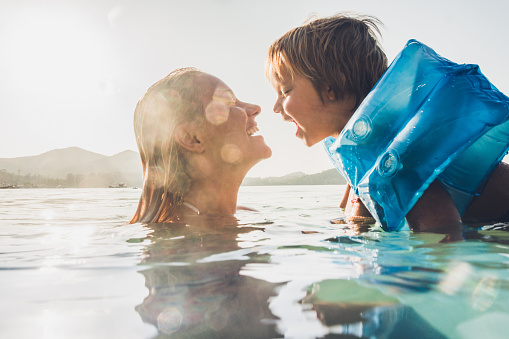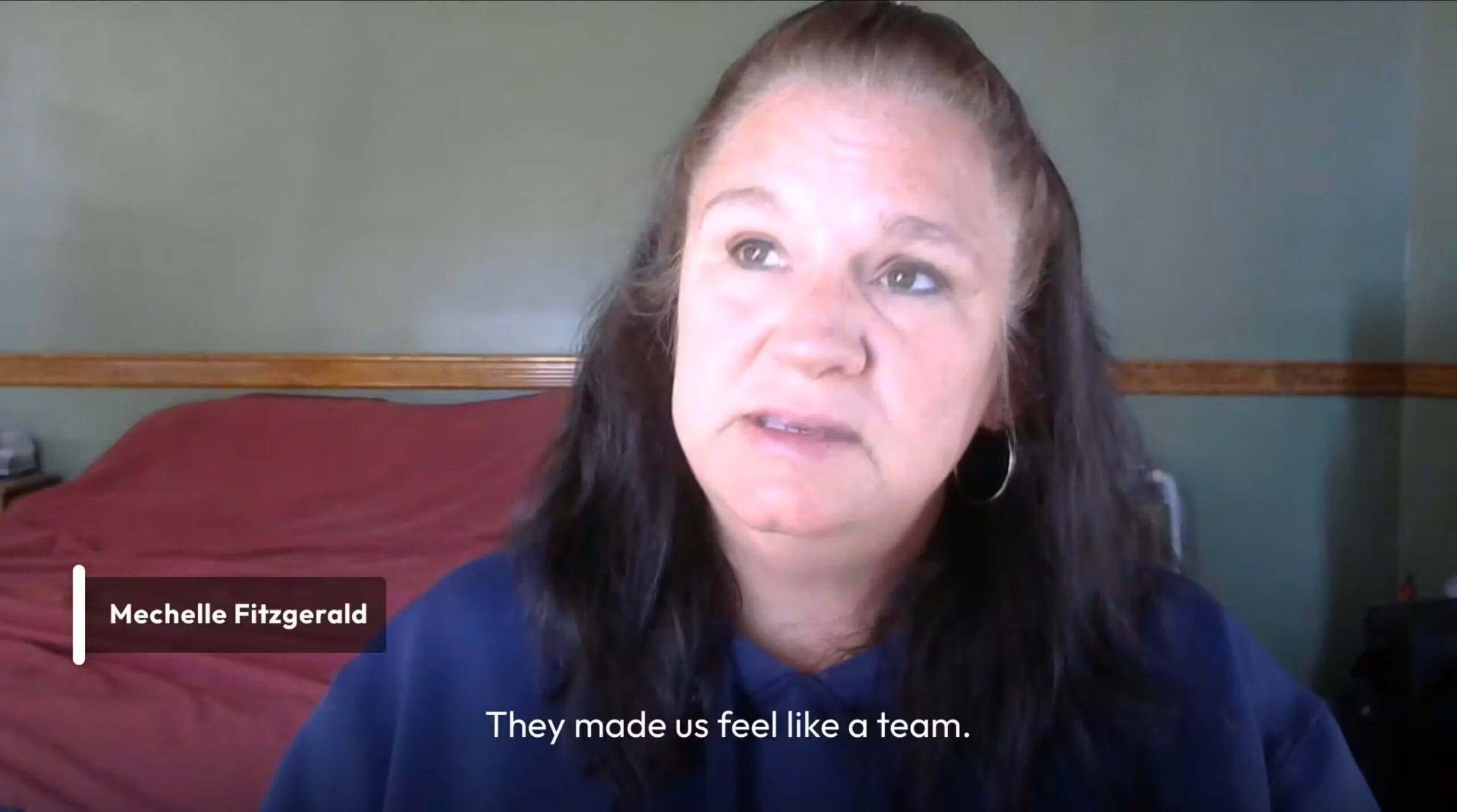Water Safety Tips For A Safe Summer
May 25, 2021

As summer approaches and the weather heats up, many people are ready to get back out on the water or hit the pool.
It’s hard to think about safety when you’re having fun, but every year more than 3,500 people drown to death in the United States.
Drowning is the leading cause of unintentional injury-related deaths behind car accidents for children ages 1-16. Contributing factors often include unsecured and unmonitored access to pools and bodies of water, a lack of close supervision, as well as alcohol or drug use.
When people are injured due to someone else’s negligence, the personal injury lawyers at Villari, Giannone and Matteo know it’s important that the responsible party is held accountable for their actions. It’s often the only way to improve safety and make sure the pain a victim feels after an accident doesn’t happen to someone else.
Drowning accidents, by the numbers
Drowning rates on the East Coast are low compared to the rest of the nation. New Jersey and New York are tied for the lowest drowning death rate, but water-related tragedies still happen too often.
The age group with the highest rate of drowning death is children ages 1-4. The risk is even higher for people of color. A 10-year study found that black children ages 5-19 were between 5 and 10 times more likely to drown in a pool than their white peers.
Water safety tips change over time, so it’s a good idea to read up on best practices before swimming and boating season begins. We’ve compiled some water safety recommendations from the Red Cross and the Centers for Disease Control and Prevention to help reduce the risk of accidental drownings in our Delaware Valley community.
How to stay safe in the water
When people think of drowning they most likely picture pools, oceans, lakes, and rivers, but children, the elderly, and people with certain chronic medical conditions can drown in a bathtub, fish tank, or shallow water.
Rescuing distressed and drowning swimmers
To rescue someone who is drowning or in distress do not touch them, according to the Red Cross campaign, “Reach. Throw. Do not go.” Throw them a flotation device or extend something else they can reach – a pole, oar, branch, etc. A distressed swimmer may be out of control and running on instinct, which means they may push you down under the water in an attempt to stay afloat.
Before things get that far, there are measures that can be taken by the owners of pools and watercraft, parents, other adults, and children to reduce the risk of drowning.
In all water situations
- Always have some reaching and floating equipment on hand to rescue swimmers in trouble.
- Require inexperienced swimmers to wear a life vest in the pool.
- Make sure people are wearing the correct life vests. An adult life vest does not fit a child and may fail if worn by one – and vice versa.
- Avoid using drugs and alcohol or getting sucked into your phone or a book while supervising children in the water, operating a boat or other watercraft, acting as the lookout for waterskiers and swimmers, or otherwise have a responsibility. Stay focused and alert.
- Know how to perform CPR on adults and children.
- Learn the signs of a swimmer in distress. Never assume that a swimmer in distress is joking or playing around. Signs a person is in distress or drowning include:
- Attempts to swim, but little or no forward progress.
- Pressing down with the arms in an instinctive effort to stay above the water.
- Motionless and face down at the bottom or floating on the top of the water.
If you are swimming with children
- Monitor small children and inexperienced swimmers from arm’s length.
- Alternate swimmer supervision with another adult to keep up vigilance.
If you own a pool
- Secure the pool area with a fence at least 4-feet high with a self-latching gate.
- Have plenty of Coast Guard-approved life jackets and other proper flotation devices on hand — especially for children.
If you own a boat or other watercraft
- Children under 16 should wear a vest at all times.
- Keep a first aid kit on board.
- Check the weather before heading out and follow safety advisories.
- Never allow people to enter or exit your watercraft while the motor is on or idling.
- Designate a spotter for skiers and riders.
- Review watersport hand signals.
- If you are picking up a downed skier, keep the person on the driver’s side of the vessel so you don’t lose their position.
- Have plenty of Coast Guard-approved life vests available for both children and adults.
Personal injury lawyers here for you when you need us
Common injuries from near-drowning incidents include various forms of edema, a condition created by an excess of water in the body. Damage can include respiratory distress syndrome (ARDS), brain trauma, hypothermia, dry drowning, and paralysis. Accidents around pools, diving boards, and swimming areas can also result in broken bones and other painful injuries.
If you or a loved one has been injured in a water-related accident due to someone else’s recklessness, you have recourse under the law to seek compensation for your damages.
Water-related accidents are often traumatic. Many people are still rattled by the experience days, weeks, or longer after the accident. You should be able to focus on healing during this time, but the insurance companies won’t have it.
If you want to receive appropriate compensation for your injuries, you must file a claim in a timely manner and prove the extent of your pain and loss to the insurance adjusters, their lawyers, and investigators.
Let Villari, Giannone and Matteo, take on the insurance companies for you. Our personal injury attorneys offer legal representation on a contingency fee basis, which means there is no retainer or hourly rate for you to pay. Our fee is a percentage of your settlement or court judgment, and we only get paid if we win. Put differently: if we don’t secure financial compensation on your behalf, you pay nothing.
If you are thinking about filing an injury claim, contact us today for a free case evaluation. We can listen to what happened and design a legal strategy that’s tailor-made to meet your current and future needs. Contact us right away to learn more. Our offices are located in Conshohocken and Philadelphia, Pennsylvania, as well as Marlton, New Jersey.
![Quote]() "Want to thank all of you once again not only for your professional services but your friendship and feeling like family through all of these past four years as we fought to rebuild Stefanie's life. I could not have made a better choice for helping us through this ordeal."
"Want to thank all of you once again not only for your professional services but your friendship and feeling like family through all of these past four years as we fought to rebuild Stefanie's life. I could not have made a better choice for helping us through this ordeal."Karl
- "They are all very helpful, caring and they do everything to try to make sure you as a client are OK and get you what you deserve. I would recommend them to anyone. They are a great law firm."
Tiffany
![Quote]() "I will happily be recommending your firm to anyone who may need your help in the future because of Jen, Eric and Brian."
"I will happily be recommending your firm to anyone who may need your help in the future because of Jen, Eric and Brian."Michelle
Hear What Our Clients Have to Say






